The Legends: An Interview with Rosie Flores
Rosie Flores is shifting gears, trying something new, and going back to her roots all at once on her upcoming album.
Tentatively titled Simple Case of the Blues, after one of the album’s tracks, it will be her twelfth album and first release since her 2012’s Working Girl’s Guitar. This time she is revisiting the music she discovered as an adolescent through her love for the Rolling Stones, the music she played with her first band, Penelope’s Children, the music that’s subtly been a part of every album she’s made.
Flores has been a groundbreaker from the beginning. Penelope’s Children was the first of several all-woman bands she launched, during a time when just seeing a woman playing an instrument—much less a group of women—was considered an anomaly. By the time she became part of the roots movement of the 1980s with another all-female band, the cow-punk group Screamin’ Sirens, Flores was already recognized as a pioneer, primarily for her guitar playing, but also as a singer and songwriter. Over the years, she has been recognized by fans, critics, colleagues, and the music industry. In 1987, she was an Academy of Country Music nominee for Top New Female Vocalist. She won a Peabody Award in 2007 for her narration of the rockabilly documentary series Whole Lotta Shakin’.

Flores grew up in the Clairemont area of San Diego, California, and began playing guitar at an early age under the tutelage of her older brother. Music was paramount in her life, and like most musicians, she was inspired by certain artists and songs. One that most affected her, however, was far removed from the usual fare: Irving Berlin’s “Anything You Can Do,” from the Broadway musical Annie Get Your Gun. The duet features a male and female singer challenging one another, each claiming they can outdo the other. For Flores, it was not only fun to sing this with her brother; it was the foundation for her positive attitude as a musician.
“That song was a big hit on the radio when I was a kid, and maybe it gave me some kind of confidence,” she says. “My brother was two years older, he knew how to do a bunch of cool stuff, and I looked up to him. He taught me my first guitar chords. We used to sing that song together a lot. It wasn’t so much ‘I can do it better’ as it was ‘Let me do that. Let me share.’ We were friends.”
She started Penelope’s Children in 1966. “At that time I’d never heard of another woman lead guitar player,” she says. “We didn’t know about Elizabeth Cotton or Mary Osborne when we were growing up. All we knew were the bands we saw on television, and none of the women played guitar. I felt unique, and that gave me more drive. It made me want to get better. I wanted to be as good as any guy. It lit a fire and made me passionate about practicing. When I turned 18 or 19, I found out about Birtha and Fanny. I followed them. I became their fan. I felt a sort of camaraderie, knowing that there were other women guitar players. When I look around now, it makes me feel good to see that women are getting their up and commence more than they were, say, ten years ago. As one of the first to sing rockabilly and play guitar, I’m told that I influenced a lot of women, and I’m happy to know that.”
In the early 1980s, living in Los Angeles after several months playing music in Alaska, Flores was working as a cook in a vegetarian restaurant called I Love Juicy when she heard about an audition with the Screamin’ Sirens. She tried out as a bass player, was hired, and soon transitioned to lead guitar, a position she held from 1982 until 1986, during the rise of an underground music scene that became known as New Traditionalist, combining rock, country, punk, and rockabilly, and opening doors for numerous artists, including Los Lobos and Dwight Yoakam. “I loved it because it broadened my horizons,” she says. “I got to be around all these cool bands like X, Dead Kennedys, and The Blasters. I discovered new bands and they were discovering me.” The Screamin’ Sirens released a series of singles and one full-length album, with Flores quickly capturing the attention of her peers and the music industry.
Signed to Warner Brothers Records’ country division in 1987, she released one album for the label, her self-titled debut. A single, “Crying Over You,” made her the first female Latina country artist to place on the Billboard country charts. “All of a sudden the pressure was on,” she says. “I had my rock and roll, bluesy, country picking kind of sound, but I felt all this pressure, because if you listened to country radio at that time, everyone was slick. I didn’t think of myself as slick, and I still don’t. I’m kind of edgy. It intimidated me, and I went through several years of hiring hotshot guitar players to play on my records. I played on them too, they would save solo stuff for me, but for the main part of the records I had these great players, and it did a number on my head. It made me feel like I wasn’t as good. I knew I could hold my own; I’d done it before. I had to pat myself on the back and say, ‘Come on, you can do this.’ I studied, took lessons, and played every morning and every night.”
Her partnership with Warner Brothers was short-lived, but the experience cemented valuable musician relationships within the Music Row community and earned her a nomination as Horizon Artist by the Academy Of Country Music. With her frilly skirts, cowboy boots, coiffed hair, and searing guitar riffs, Flores was a bit much for mainstream country music, but audiences outside of Nashville couldn’t get enough.
“After I was dropped from Warner Brothers, I recorded After The Farm [1992], which came out on Hightone,” she says. “I went in the studio with my band and said, ‘Let’s rock.’ I called the album After The Farm because ‘Now I’m back in the city, I’m going to rock out, turn my guitar up, and play guitar solos.’ That record has a real rock edge and my country fans did not like it, but people who dug rock and roll did. Even Lucinda Williams told me that it’s her favorite record I’ve ever done.”
She recorded two more albums for Hightone: 1993’s Once More with Feeling and 1995’s Rockabilly Filly. The latter featured her in duets with rockabilly icons Wanda Jackson and Janis Martin, marking their comebacks, fully igniting Flores’ career, and putting the spotlight on her guitar playing. “My big jump out was playing guitar for Wanda Jackson and getting her out of retirement,” she says. “I played some of the guitar solos on Rockabilly Filly, but I still had other guitarists playing the ‘meat’ of the songs. When I went out to tour the record with Wanda, nobody could go with me because they were all busy, so I had to do it myself. Every night I stayed up until 3:00 in the morning, fingers to the bone, getting all the licks down, learning licks off of her records and my record. It took me about two months and I was ready to go. I found my footing, and after that I never felt I needed somebody else to do a great show. I could pull it off.”
In 2009, she released Girl of the Century, her first album for Chicago-based independent label Bloodshot Records. By the time she followed up with Working Girl’s Guitar, she was more than ready to step out as sole guitarist. “I always had the best players I could find,” she says, “but at some point it was hurting more than helping me, because people couldn’t recognize where I was playing, or they thought I didn’t play. They’d come to my shows and say, ‘I didn’t know you played guitar, and I’ve been listening to your records for years.’”
“It’s fun working with another guitar player, but I needed to find my sound. You don’t know what that is until you get in there and hear it. It’s like a painting — if someone takes a paintbrush and adds colors to your art, it isn’t just yours. It’s a wonderful collaboration, but you’re not finding your own voice. It’s liberating to have control over the expression and creativity, and when I got to do that in the studio, it was really exciting. That’s what that album was for me. It was a chance to have my own voice on the guitar, self-produce, and make all the choices.”
Those choices, and that sound, are made with several guitars that she plays using medium Dunlop picks and her acrylic nails. Her primary guitar is a seafoam green 2011 James Trussart Steel Top Tele with TV Jones and Arcane pickups and Bigsby. “It’s made from light wood, so the weight is perfect because it’s been chambered,” she says. It’s my go-to guitar. It feels like an extension of me. It’s natural; nothing feels off. The tone and the way it plays — it’s hard to pick up another guitar.”
She also has a Martin DC-16GTE with Fishman Prefix Pro pickup, 2012 Gretsch Jim Dandy parlor acoustic, 2006 Gretsch Corvette Electromatic, 2008 Gretsch Tennessee Rose, 2006 SVK Stratocaster, 2010 Les Paul 1960s reissue, and a 2004 Epiphone Wildkat. She keeps it simple when it comes to amps and effects: a 2010 Fender Blues Junior, a 2008 Deluxe Reverb, Durham Sex Drive Boost, vintage 1980s Boss Delay DM-2, and a Boss Chromatic Tuner.
Her new album may seem like a departure to those who think of Flores as a country artist, but in fact it’s a return to her roots and a continuation of a sound that’s been a part of her musical trajectory. “It’s not like all of a sudden I’m going to be a blues person,” she says. “It’s been in my blood since I started playing guitar. B.B. King, Howlin’ Wolf, Freddie King, Albert King — we collected those records. My love for country music came from Gram Parsons, Emmylou Harris, The Byrds, and steel guitar. I loved the Everly Brothers, and when the country-folk movement came into rock music, I fell in love with the harmonies. Being a singer and a player, I love all kinds of music. On this record I want to show my blues playing, but I also want to show my singing. I’m also trying to move to another genre. If you look online, I’m listed as alt-country, and I want to change that around a little.”
She recorded the tracks, guitar solos, and vocals for her new album in Nashville, with guitarist Kenny Vaughan, bassist Dave Roe, and drummer Jimmy Lester, all of whom have studio and touring resumes boasting years of work with A-list artists. Vaughan, Roe, and Flores produced. “They really got me going on this project,” she says. “Kenny had played with me on several different shows over the years. I used to live in Nashville, and many times I’d hire him when I did an important show, because I wanted to look really hotshot! We’ve been friends a long time, and I’m such an admirer of his. He, Dave, and Jimmy have a blues band, and I’d been sitting in with them a lot. They said, ‘Let’s make a record sometime.’ We started it last November.”
Overdubs, background vocals, additional instruments, and mixing took place at Arlyn Studios in Austin, with Charlie Sexton producing, adding percussion, and playing some rhythm guitar parts. “Arlyn Studios is great,” she says. “It’s where Bonnie Raitt recorded Nick of Time, so it has some good ‘girl guitar’ mojo in there!”
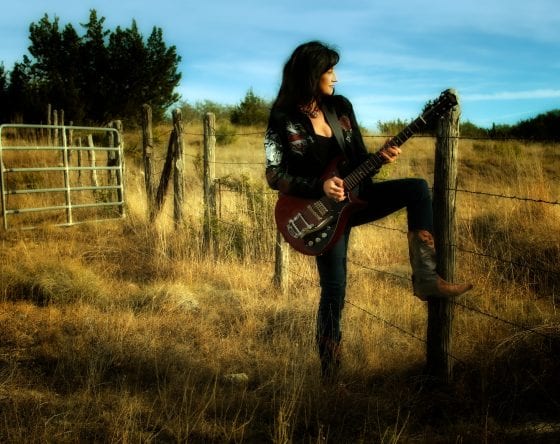
Rosie Flores has come a long way and traveled a lot of roads since her days with Warner Brothers. Over the course of almost a dozen albums, she has seamlessly blended traditional country, swing, rockabilly, punk, alt-country, blues, and rock. Four years ago she assembled the Blue Moon Jazz Quartet “to throw people off even more!” she laughs. The ensemble has a Wednesday night residency at The Gallery in Austin. “I put the guitar down so I could totally immerse myself in the vocals of those standards,” she says. “Improvisation is the number one factor when you sing jazz, just like when you play guitar. It’s like jamming with your voice instead of your instrument. I’m studying jazz guitar now, growing my vocabulary, and I’m going to start working on a jazz record. At my age, 66, I’m still learning and growing.”
While all those blurred musical lines can present a challenge when seeking airplay, bookings, and even press coverage, at the same time they have allowed her to cast a wide net, as she’s not locked into one genre with specific audience expectations. “I never really got famous as one thing, so it’s given me the freedom to explore different things,” she says. “It’s allowed me to be van Gogh and play with different palettes of color. The fact that I didn’t become established one way means I can still have the e-ticket to go wherever I want to go. I want to keep reinventing myself and have it be OK, as long as I’m having fun.”
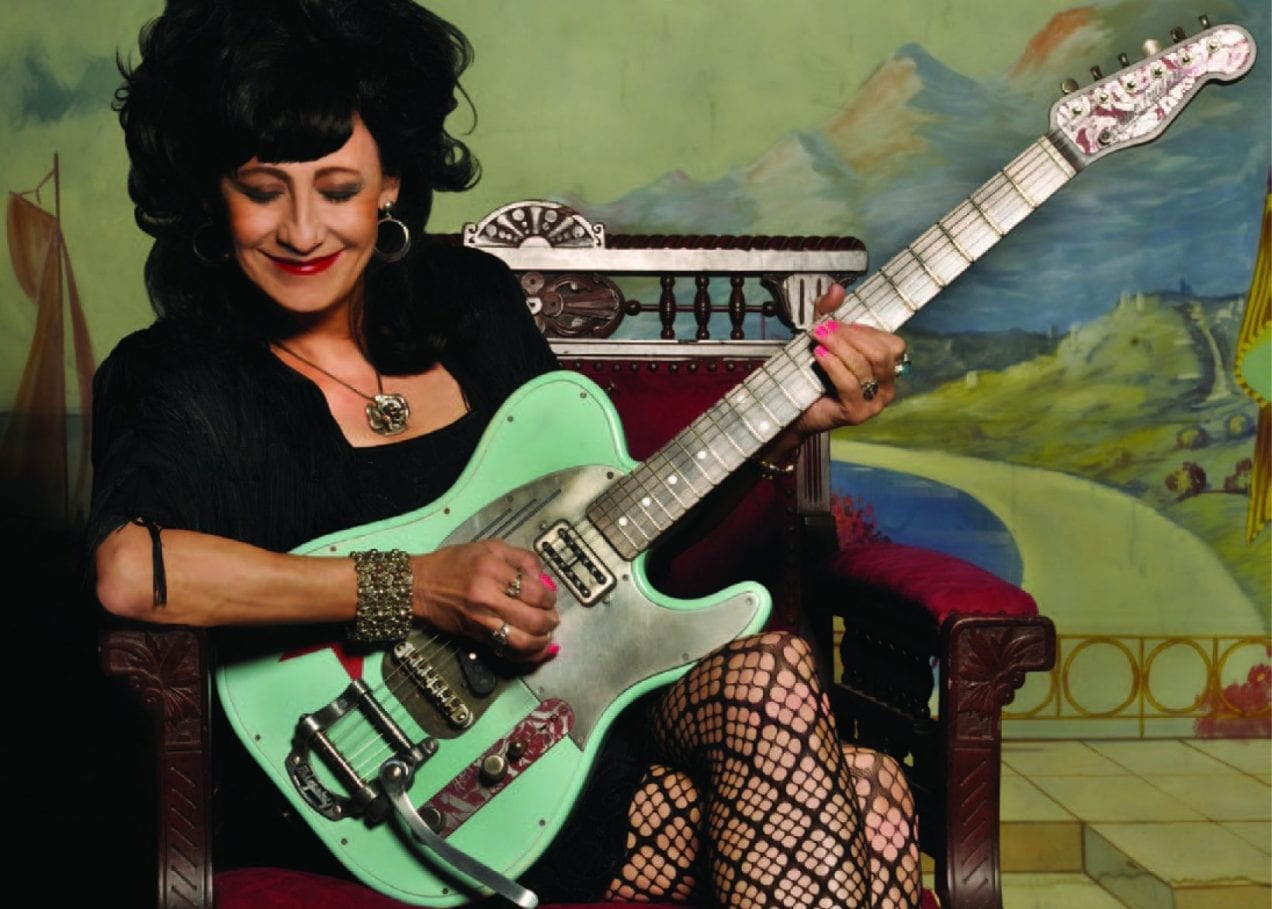

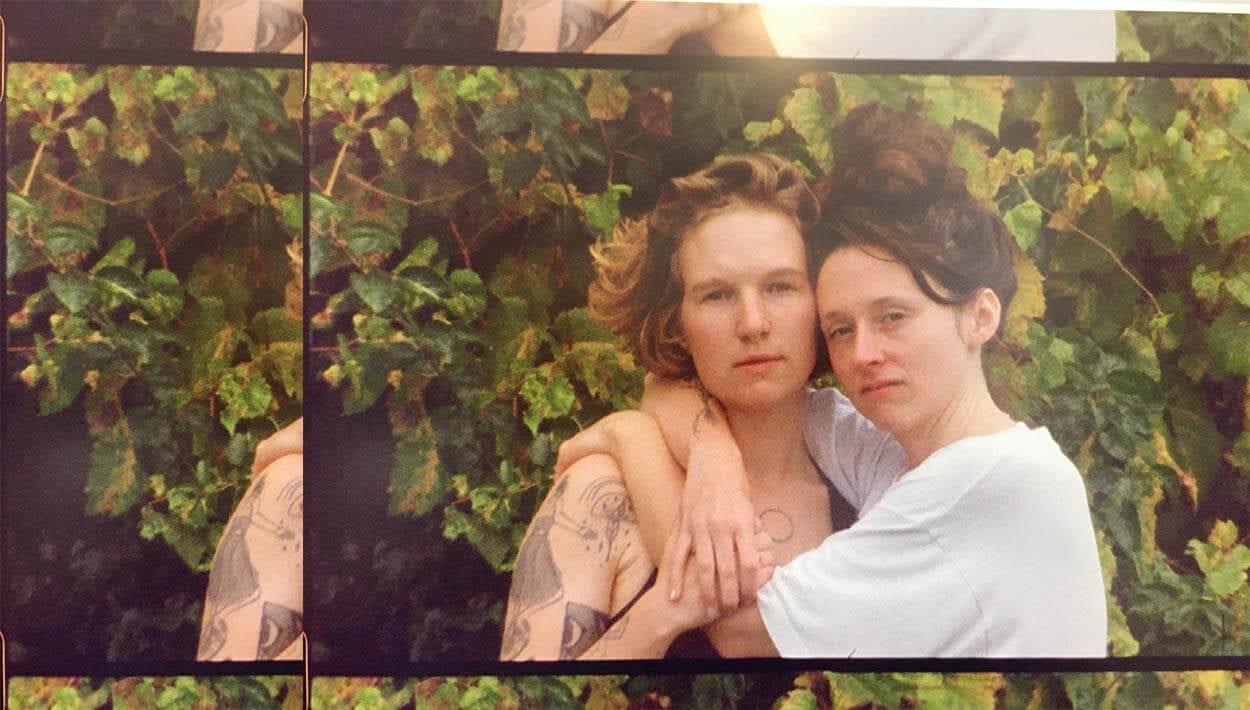
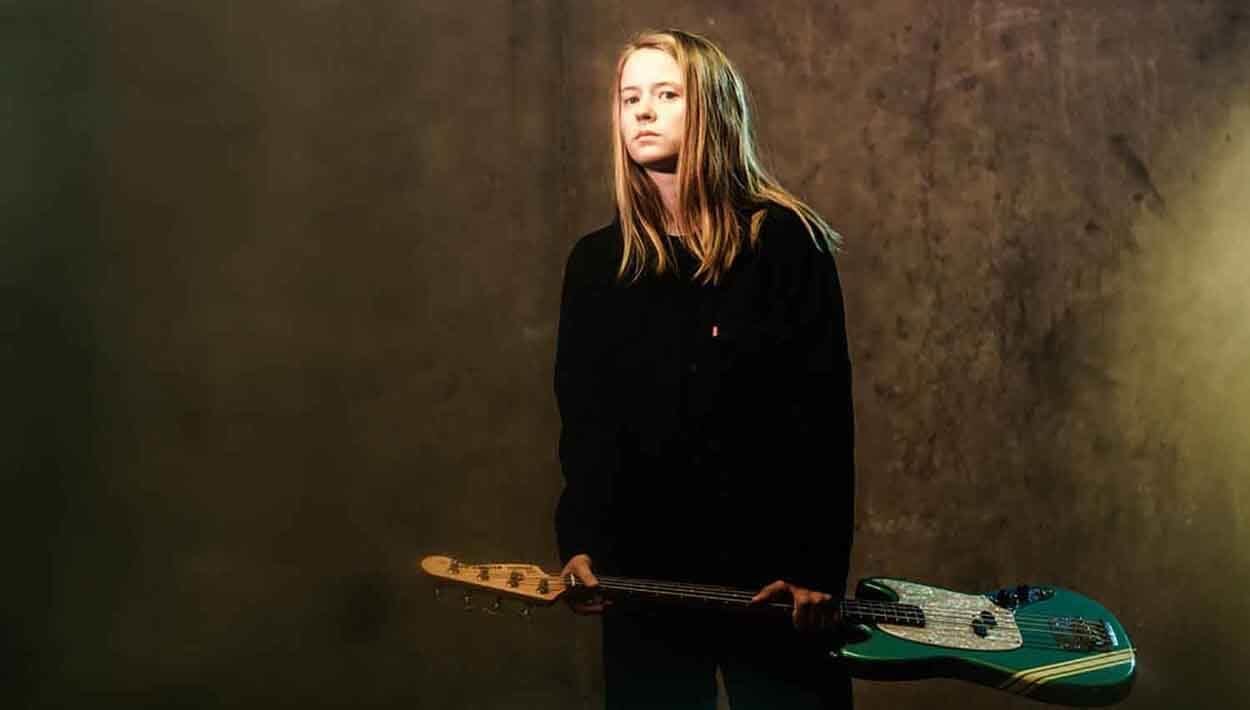

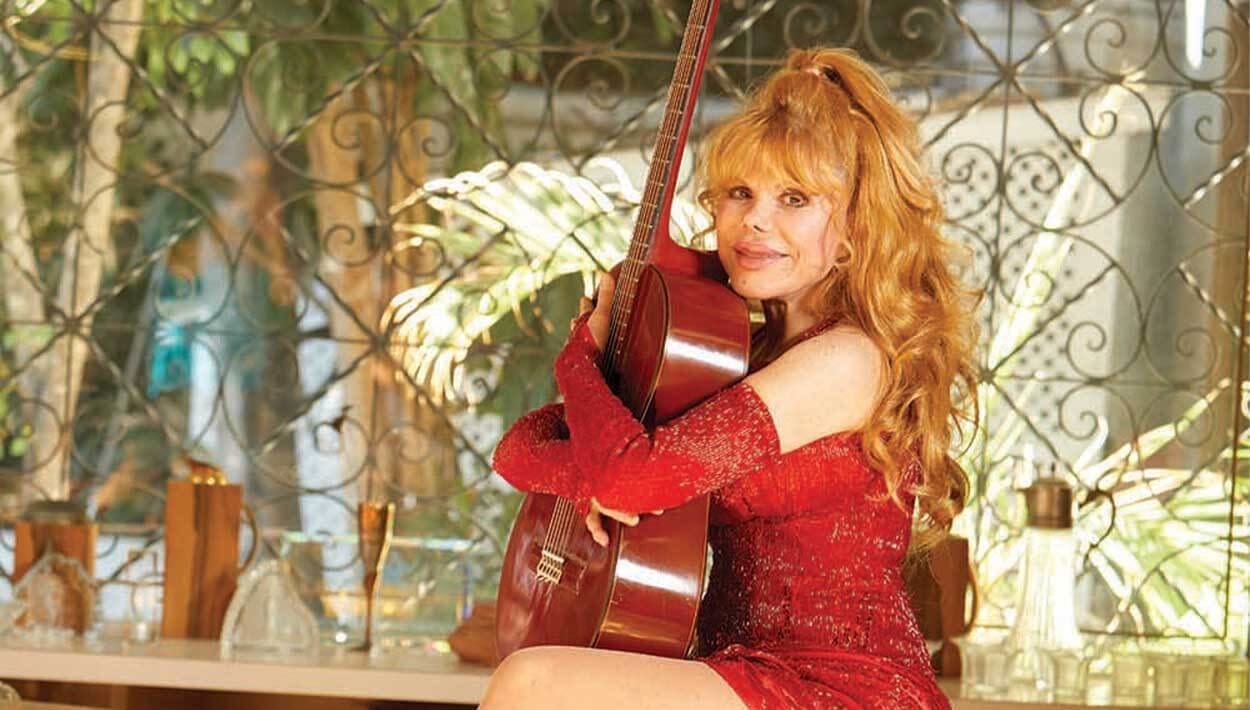
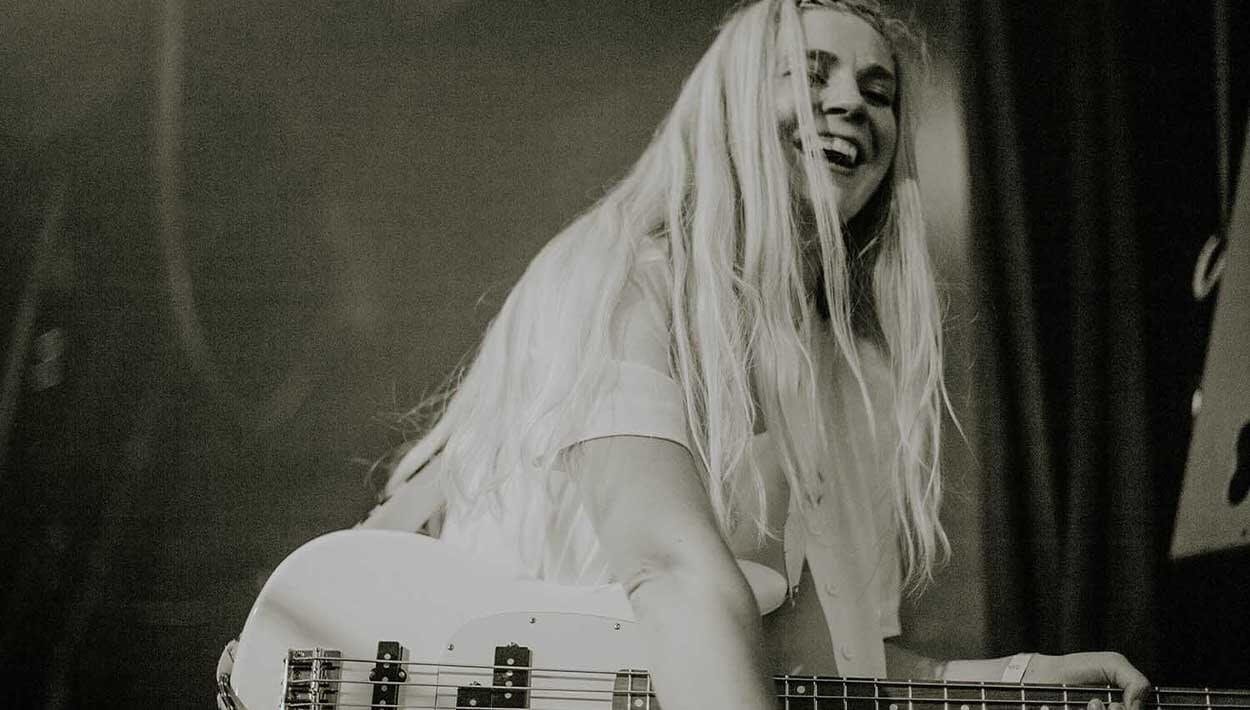
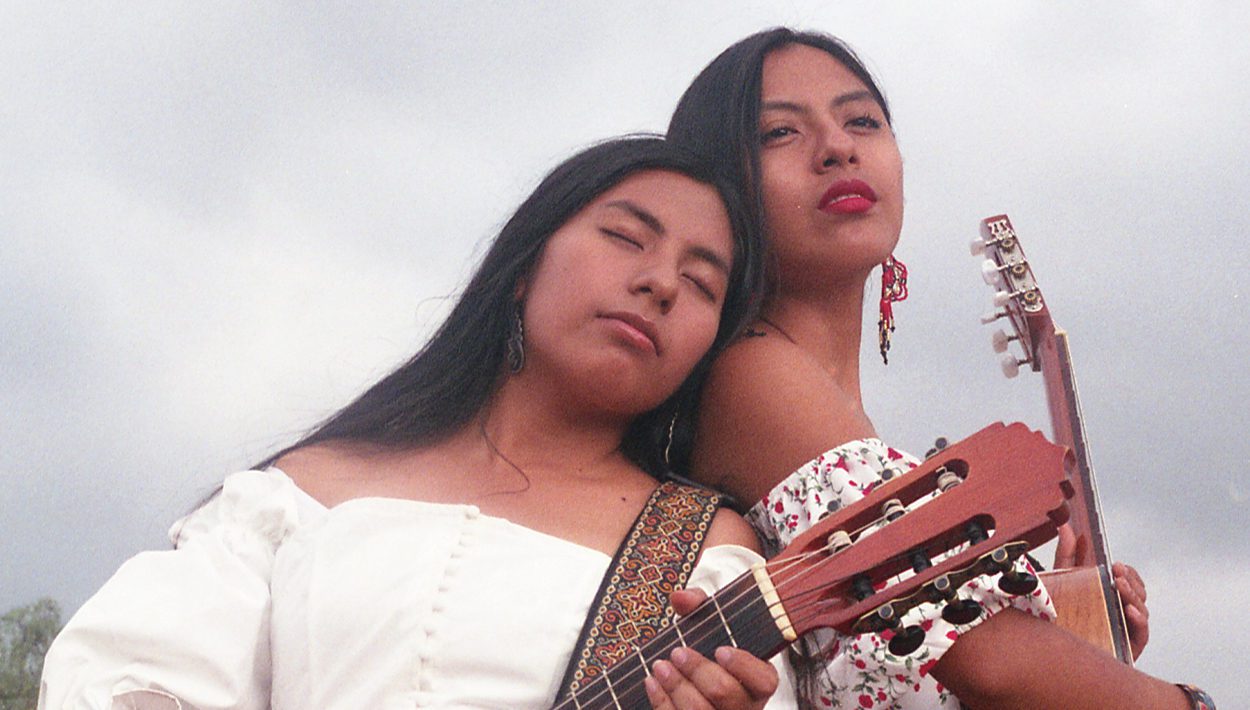
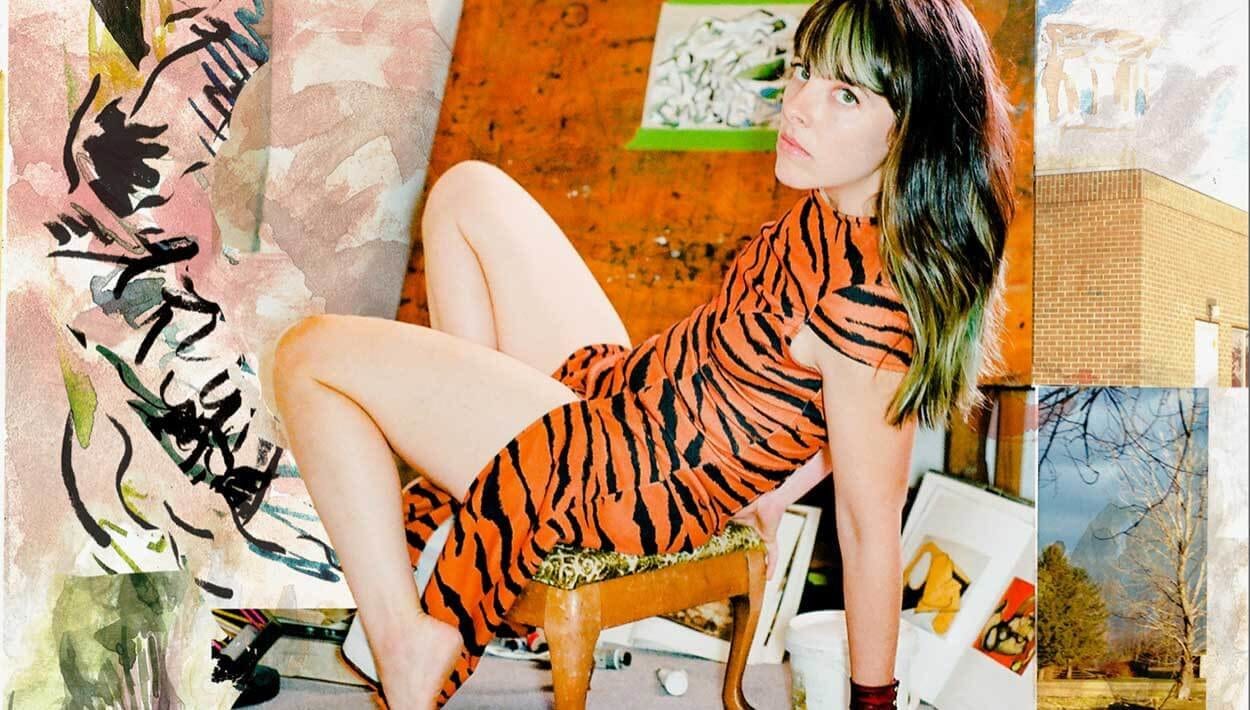

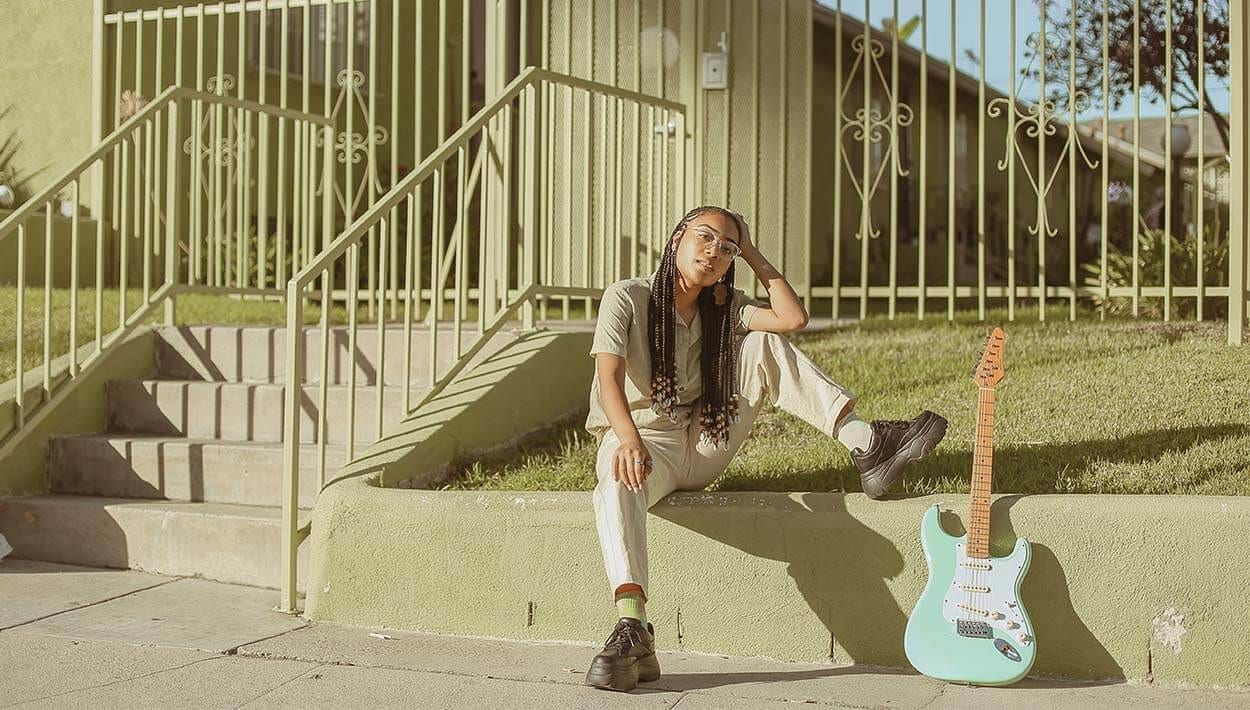
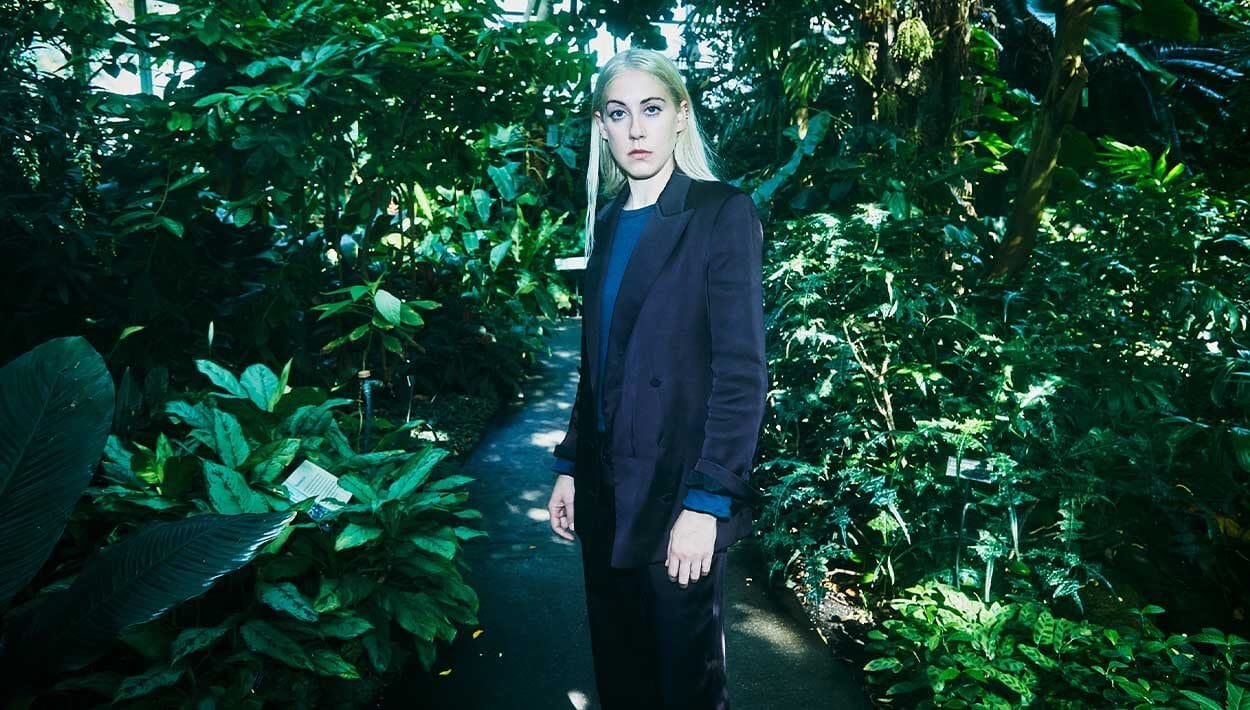


Comments
It’s always a pleasure to hear from someone with exitsepre.
Comment by Melvina on December 24, 2016 at 9:13 am